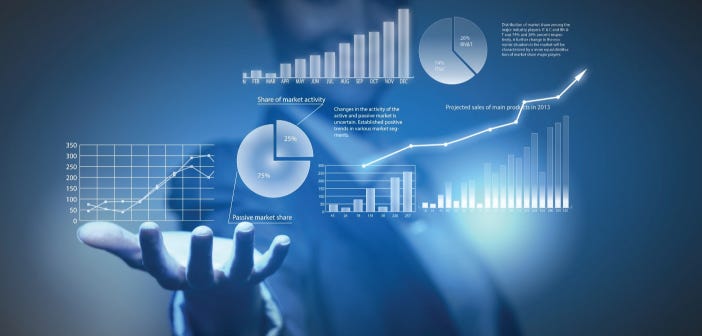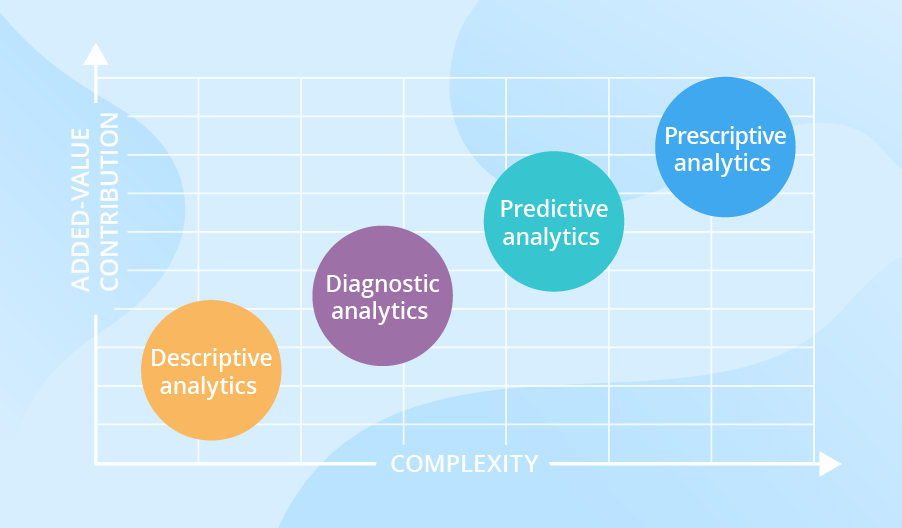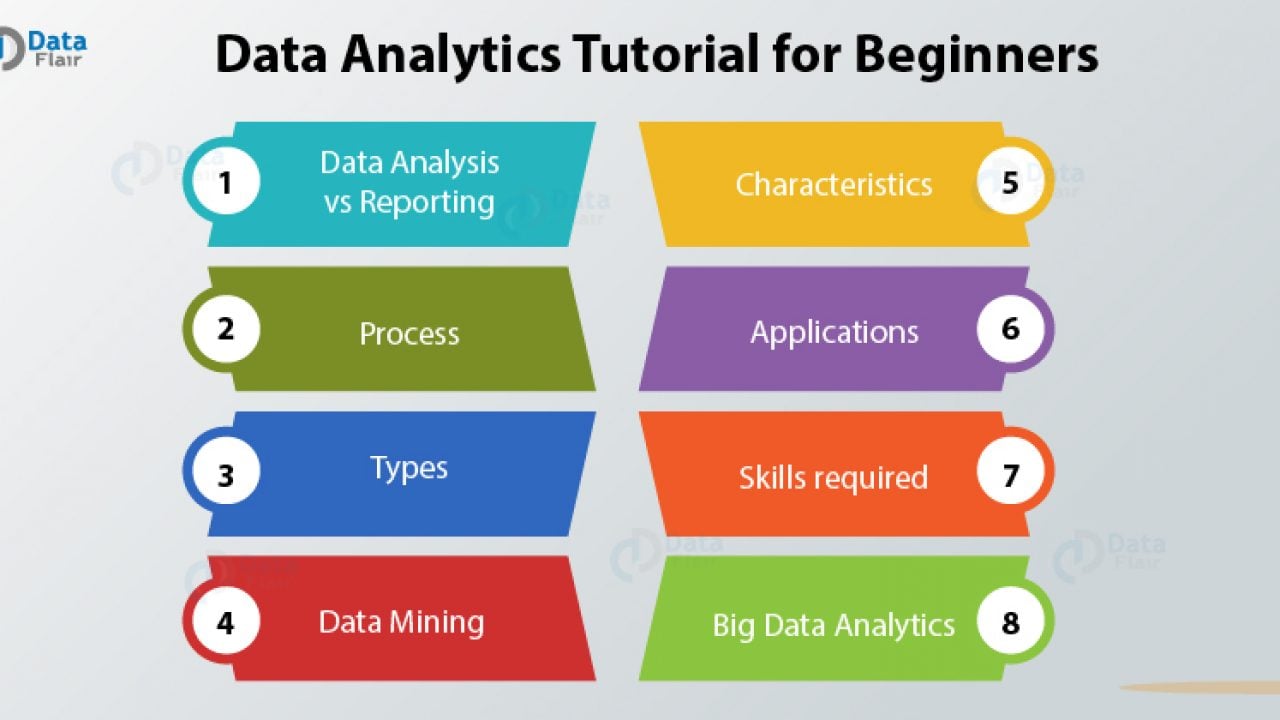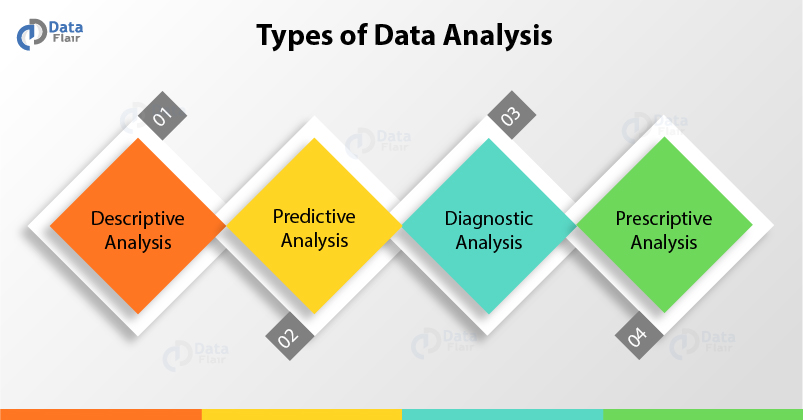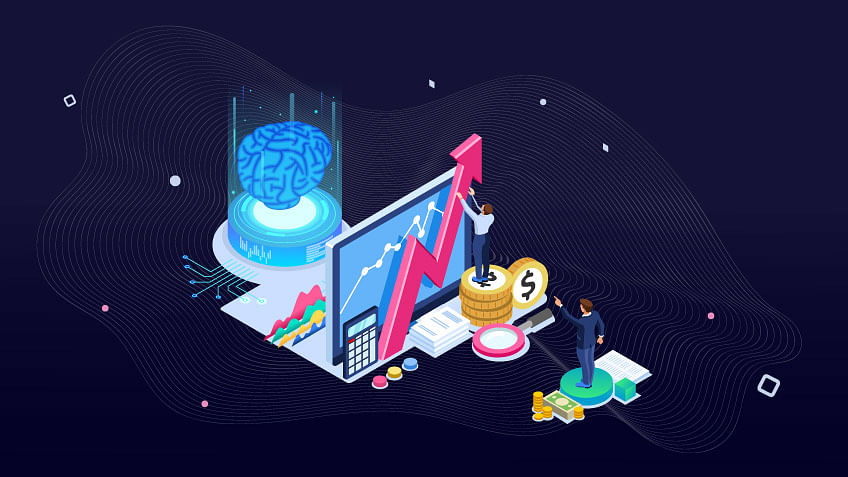Data Analytical
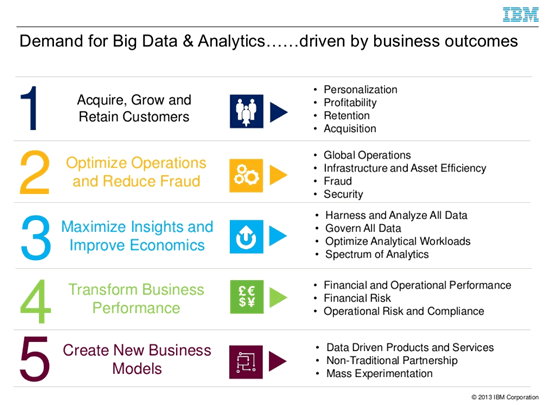
Data analytics technologies and techniques are widely used in commercial industries to enable organizations to make more informed business decisions and by scientists and researchers to verify or disprove.
Data analytical. To be competent at data analytics the mastery of data visualisation tools is essential. Data is categorized stored and analyzed to study purchasing trends and patterns. Many of the techniques and processes of data analytics have been automated into mechanical. Microsoft excel is also popular in the world of data analytics.
Google analytics lets you measure your advertising roi as well as track your flash video and social networking sites and applications. Data analysis is the process of applying statistical analysis and logical techniques to extract information from data. 2020 ntuc all rights reserved. The current market leaders of data visualisation tools are qlik tableau and power bi.
Data analysis is defined as a process of cleaning transforming and modeling data to discover useful information for business decision making. The purpose of data analysis is to extract useful information from data and taking the decision based upon the data analysis. With today s technology it s possible to analyze your data and get answers from it almost immediately an effort that s slower and less efficient with more traditional business intelligence solutions. Evolving data facilitates thorough decision making.
Data analytics is primarily conducted in business to consumer b2c applications. Data analytics is the science of analyzing raw data in order to make conclusions about that information. What is data analysis. Big data analytics examines large amounts of data to uncover hidden patterns correlations and other insights.
Data analytics da is the process of examining data sets in order to draw conclusions about the information they contain increasingly with the aid of specialized systems and software. Data visualisation tools enable you to utilise data analytics operations and algorithms in an intuitive manner without being distracted by the challenges of coding. Global organizations collect and analyze data associated with customers business processes market economics or practical experience.
